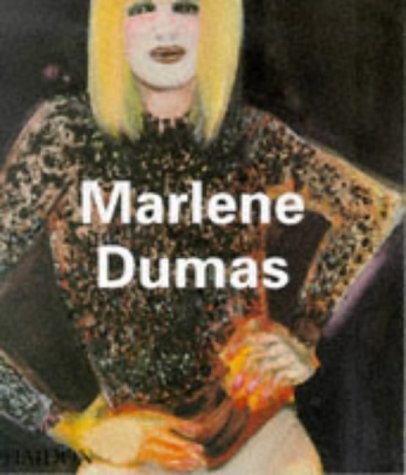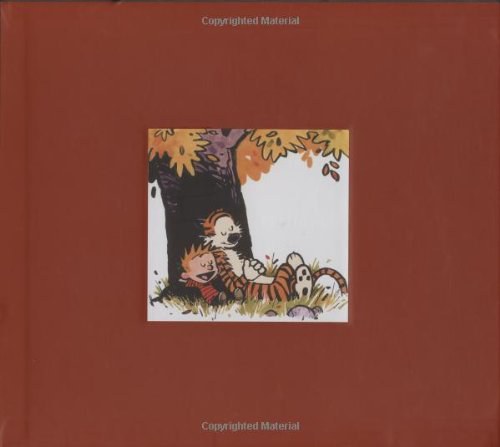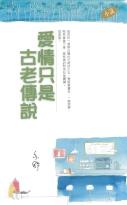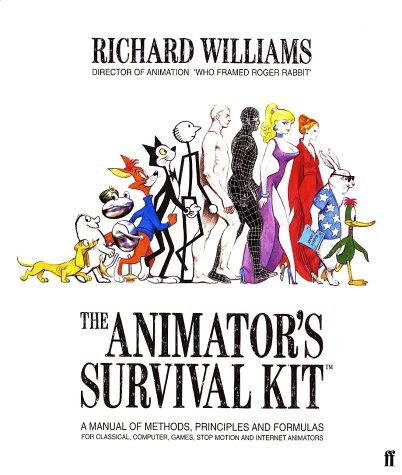
François Blanciak《Siteless》
书刊介绍
内容简介
Some may call it the first manifesto of the twenty-first century, for it lays down a new way to think about architecture. Others may think of it as the last architectural treatise, for it provides a discursive container for ideas that would otherwise be lost. Whatever genre it belongs to, SITELESS is a new kind of architecture book that seems to have come out of nowhere. Its author, a young French architect practicing in Tokyo, admits he "didn't do this out of reverence toward architecture, but rather out of a profound boredom with the discipline, as a sort of compulsive reaction." What would happen if architects liberated their minds from the constraints of site, program, and budget? he asks. The result is a book that is saturated with forms, and as free of words as any architecture book the MIT Press has ever published.The 1001 building forms in SITELESS include structural parasites, chain link towers, ball bearing floors, corrugated corners, exponential balconies, radial facades, crawling frames, forensic housing--and other architectural ideas that may require construction techniques not yet developed and a relation to gravity not yet achieved. SITELESS presents an open-ended compendium of visual ideas for the architectural imagination to draw from. The forms, drawn freehand (to avoid software-specific shapes) but from a constant viewing angle, are presented twelve to a page, with no scale, order, or end to the series. After setting down 1001 forms in siteless conditions and embryonic stages, Blanciak takes one of the forms and performs a "scale test," showing what happens when one of these fantastic ideas is subjected to the actual constraints of a site in central Tokyo. The book ends by illustrating the potential of these shapes to morph into actual building proportions. Francois Blanciak is an architect and Research Fellow at the University of Tokyo. He has worked for architectural firms in Los Angeles, Copenhagen, Hong Kong, and New York, with architects including Frank Gehry and Peter Eisenman.
相关推荐
-

投资理财陷阱揭秘速查速用大全集
《投资理财陷阱揭秘速查速用大全集》内容简介:本书是市场上最全面的一本投资理财陷阱揭秘宝典,通过500个投资理财的陷阱案例,深度
-

苏醒的海岸:关于青岛的摄影随笔集
苏醒的海岸:关于青岛的摄影随笔集 本书特色 书中饱含了作者对于生活的赤诚和热爱。图文并茂,为读者呈现了一个细腻斑斓的世界。全书共四部分,分别为希望、家园、界限、...
-

心经
洪启嵩,十岁开始修学中华禅,二十岁开始教授中华禅,并多年闭关修持中华禅各派禅法,在中国大陆、台湾地区以及北美各国的高等学院与寺院禅堂举办数百次禅学讲座与禅修训练...
-

中国现代刻字研究
中国现代刻字研究 本书特色 《中国现代刻字研究》:我国现代刻字**部专著[中国书刻艺术]出版后,好评如潮。应广大读者的要求,现隆重推出侍少华先生的又一部*新力作...
-

《顶级电影摄影大师访谈》书籍《顶级电影摄影大师访谈》
作为导演最重要的合作者,摄影师在剧组中的地位举足轻重,他们的艺术主张和技艺左右着一部影片所呈现的视觉效果。本书独家采访了
-

慢慢看:一个人的博物馆(签名本)
慢慢看:一个人的博物馆(签名本) 本书特色 ★ 32开平装,文津出版社2021年出版★ “国家宝藏·挖藕季“董彬的全新力作,九大类文物艺术话题详尽解读★ 印制精...
-

《邺城考古发现与研究》书籍《邺城考古发现与研究》
邺城遗址属全国重点文物保护单位,其主体位于河北省临漳县境内的漳河岸畔,为中国曹魏、后赵、冉魏、前燕、东魏、北齐都城遗址,
-

《新酷儿电影》书籍《新酷儿电影》
1992年,B•卢比•里奇在《乡村之声》上发表了一篇具有开创性的文章,定义了一种全新的电影类型——新酷儿电影。这场电影和视频界的
-

2015年玉器拍卖年鉴
2015年玉器拍卖年鉴 本书特色 《2015年玉器拍卖年鉴》一书是对2014年中外重要艺术品拍卖行成交玉器拍品情况的总结。全书以时间为顺序、按照成交价格的高低进...
-

曾国藩家书冰鉴精选 -行书
曾国藩家书冰鉴精选 -行书 本书特色 《曾国藩家书》、《冰鉴》囊括了为人处世、权谋、哲学、相人等方方面面,是很多伟人及领导人的枕边书。 本...
-

满目繁华-京师梨园世家谱-(上下册)
满目繁华-京师梨园世家谱-(上下册) 本书特色 ★ 16开精装,优质纸张印刷,北京燕山出版社2017年4月1版1印★ 全书100万字,796页,我们可从中了解到...
-

老舍散文
《老舍散文》内容简介:《中华散文珍藏版:老舍散文》精选老舍散文72篇,涵盖了作者描写景物、风物、人物、人情的多样散文作品。他
-

中国老房子之谜
中国老房子之谜 内容简介 本书引领读者走近传统建筑中的亭、台、楼、阁等经典形态,追溯它们的历史渊源、文化特征、建筑样式、对中国“老房子”得以全面领悟和认知;并向...
-

张柏《中国出土瓷器全集(共16册)》
《中国出土瓷器全集(共16册)》内容简介为:继《中国出土玉器全集》后的又一部双语词条综合的瓷器图录,共16卷,由学界内专家进行
-

平面设计200年
《平面设计200年》内容简介:从19世纪初期维多利亚时代印刷商提供的服务开始,到如今涉及多种学科的“潮人”设计,平面设计的风格已
-

浩荡两千年(十年典藏版)
《浩荡两千年(十年典藏版)》内容简介:中国的工商文明为什么早慧而晚熟?中国的商人阶层在社会进步中到底扮演了怎样的角色?中国
-

园林艺术
园林艺术 本书特色 适读人群 :园林、城规、林学等专业以及从事园林行业的科技工作者《园林设计与品赏系列:园林艺术》以园林造园四大要素和园林意境的创造为主线,从园...
-

改编的艺术-从文学到电影
改编的艺术-从文学到电影 本书特色 《改编的艺术:从文学到电影》对文学与电影之间的关系进行了探索,系统地界定了文学和电影改编的术语,介绍了一套行之有效的方法用以...
-

二战日本陆军单兵装备
赫英斌1974年生人,从小对军事有特殊的爱好,阅读国内及港台军事书刊三十余载,喜好从武器到战史,近年尤其对制服、勋章及单兵装备深感兴趣。发表过军事题材文章,主要...
-

欧阳询.九成宫碑-水写毛笔字帖
欧阳询.九成宫碑-水写毛笔字帖 内容简介 教育部《中小学书法教育指导纲要》推荐临摹范本,清水代墨,学生书法练习入门**指导。欧阳询.九成宫碑-水写毛笔字...





